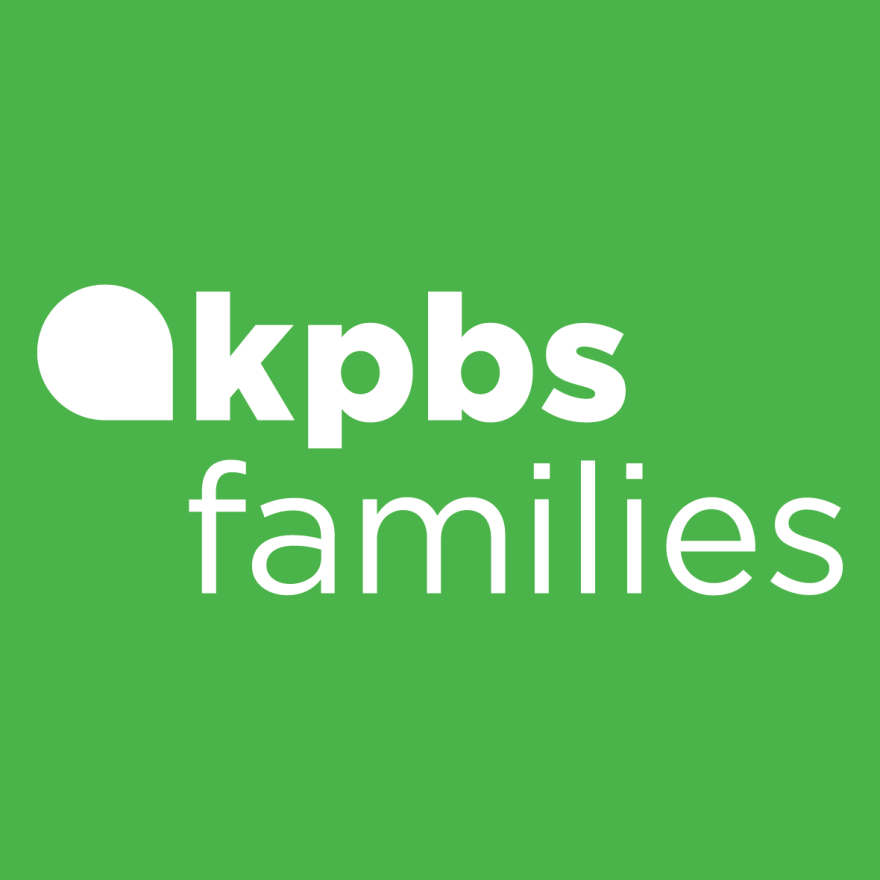Chula Vista Elementary School District leaders Monday backed away from plans to partially reopen campuses on Oct. 26, telling parents at a virtual town hall meeting that online learning for the vast majority of students will continue until further notice.
“Hopefully we’ll be able to open up a little bit later during the year," Chula Vista Elementary School District superintendent Francisco Escobedo said. "Every week I am monitoring the rates with the help of the San Diego County of Education and the public health department. When we see a significant trend downward, we can start our reopening plan.”
Although other school districts in San Diego County are sticking with partial reopening plans, Escobedo said Chula Vista has to take a more cautious approach because zip codes in the district continue to have some of the highest rates of COVID-19 infections in the county.
Monday's announcement came after the district's teachers union went public with concerns about positive COVID-19 cases at several of the on-campus child care centers that the district is jointly operating with the South Bay Family YMCA.
Rosi Martinez, a teacher at Hilltop Drive Elementary School and the vice president of the teachers union, told KPBS last week that she regularly sees some of the staff and students at the child care center not wearing masks or practicing physical distancing.
“If it’s such a small group of students and we can’t maintain physical distance in such a large space like being outside, my concern is if we have much larger groups of students, how are we going to expect them to follow guidelines?” Martinez said.
On Monday some parents expressed their frustration with the delay in reopening. Parent Melissa Ceja said she is considering homeschooling her children.
“Right now I am feeling that there is more damage being done to my child's educational needs and mental health while keeping him home," Ceja said. "We know how to take the precautions, wash hands, he knows that he would have to wear a mask all day, we definitely take it serious."
Escobedo said approximately 1,200 of the neediest students in the elementary school district have returned to in-person learning. These are students who are in the foster care system, homeless or in a domestic violence facility.
“I want to open the schools as soon as I can, I just want to make sure we have all our safeguards ready,” he said.
Escobedo added that the district has purchased $3.5 million in safety and protective equipment to prepare for an eventual reopening.
And if COVID-19 rates decrease, district leaders will again consider reopening campuses, he said. But it's also quite possible that they will stay closed through at least December.








